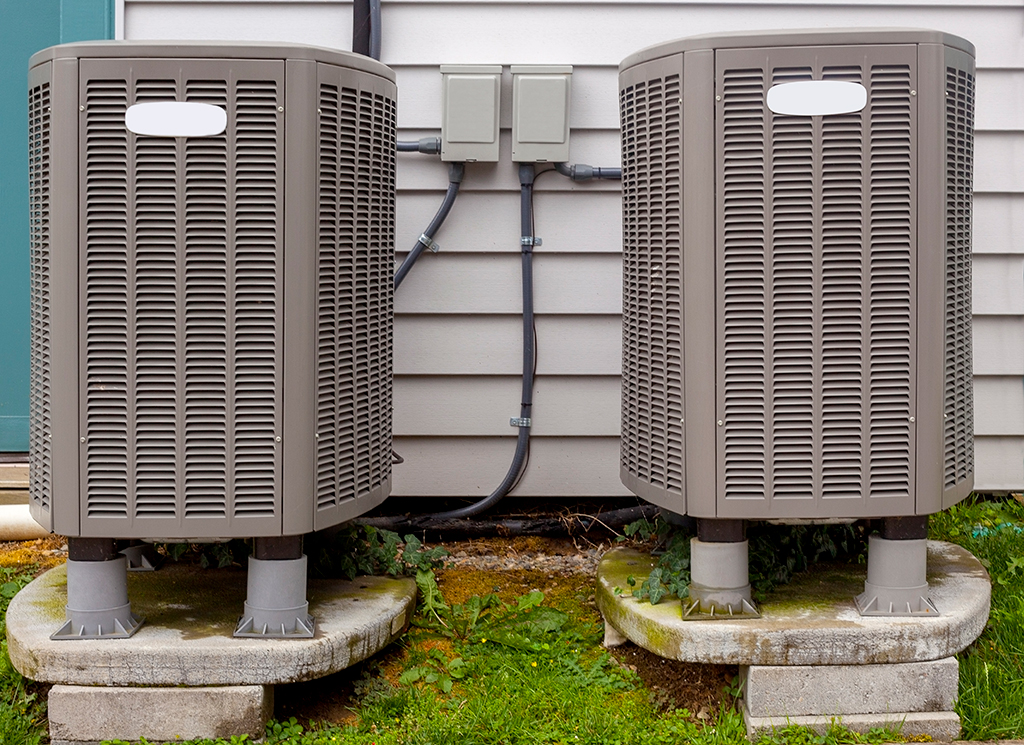
Learning About HVAC Sequencers From Your Reliable AC Repair Technician | Arlington, TX
An HVAC sequencer is an important component of your heating and air conditioning system, especially heating. These specifically designed circuits help turn the switches on and off. They also stabilize the electrical circuits in standard electrical settings. Several mechanical equipments rely on the sequencer, and an HVAC system is no exception. The sequencer is essential to ensure your HVAC system doesn’t overheat or explode. Hence, you must ensure that an AC repair technician in Arlington, TX services this component as a protective part.
What Is an HVAC Sequencer?
The HVAC sequencer ensures that voltage doesn’t enter the electric furnace and simultaneously turns on the heating element. The heating element is an electrical coil that warms up whenever electricity passes over them. Whenever the voltage enters the HVAC sequencer, it diverts the power to the first heating element. The sequencer won’t allow the voltage to move to the next element until it attains a particular temperature.
It can be identified by its unique size and shape if you still need to determine where to look for the sequencer. However, this doesn’t mean that you can repair the component yourself. You should have an AC repair technician do that. The sequencer can vary based on the product size and model. Hence, you better leave its repairs to a professional. Usually, the sequencer features two diverse segments assembled using a middle segment.
How Do HVAC Sequencers Work?
Before looking at an HVAC sequencer’s functionality, you should first learn the heating element’s role in the furnace. Typically, the heating elements generate the heat produced by the HVAC system. The elements warm the air flowing through the furnace and into your Arlington, TX home’s ventilation system. Since the heating element refers to an electrical coil, it becomes hot whenever the electrical current passes through the coils. This is called electrical resistance heating.
There are two heating elements on most electrical furnaces, although the number could vary based on the furnace’s size. However, they shouldn’t be turned on simultaneously as they could trip the breaker, necessitating an AC repair. For this reason, the furnace designers found it reasonable to include the sequencer. It regulates the working of your heating elements. Hence, only one heating element is switched on at any given time and sequence. This allows electrical power to travel further down the HVAC system in the direction of the heating element. Upon heating, the series of heat-sensitive circuits will expand. When they come into contact, they will close. When a heating cycle ends, the sequencer shuts the heating elements off.
Common Features of HVAC Sequencers
Based on the model or brand, every HVAC sequencer has different features. However, some common features are shared by most sequencers, including:
They Can Delay Several Seconds in a Sequence
The most common feature of HVAC sequencers is that they can delay operations for several seconds between every sequence. Doing this ensures you avert AC repairs caused by overheating your HVAC system. It also eliminates any chance that your circuit breaker might trip.
Various Mounting Positions
The other feature of HVAC sequencers is that an AC repair technician can mount them in different positions. These components can be mounted in whatever position suits your HVAC system. However, the newer heating and air conditioning systems have inbuilt sequencers, meaning that you don’t have to experience the troubles of installing them. However, if you still use an old HVAC system, worry not, for sequencers can still be mounted in whatever position suits you.
Can Resist Vibrations and Shocks
Any homeowner wants their electrical appliances to be vibration- and shock-resistant. Hence, HVAC designers had this in mind and opted to include this feature in the sequencer as it will work closely with your furnace. If the sequencer isn’t vibration-resistant, it could precipitate more harm. Hence, you might find that you have to call an AC repair technician now and then. Thus, you must ensure that the component has this feature before you purchase one.
24V Input Control
Most HVAC sequencers also feature a 24V input control. This is essential as it prevents tripping of the circuit breakers and other issues that require AC repairs. Most manufacturers use this input control to ensure that a control device is reliable. Further, because the sequencer controls the heating sequence, it ensures that your HVAC system works efficiently.
Why Does an HVAC System Need a Sequencer?
Have you been asking yourself this question? There are different reasons an HVAC sequencer is needed. However, the main reason is that it can help you save power on other electrical devices. Additionally, it ensures that the HVAC unit runs on lower energy. Further, sequencers protect the HVAC system by averting equipment loss because of power shortages and malfunctioning circuit breakers. This means that you will be experiencing only a few issues that require AC repairs. Additionally, the HVAC sequencer helps space out power. Hence, the delicate components and engines don’t overheat, saving you time and money.
HVAC Sequencer FAQs
What Shows That the HVAC Sequencer Is Faulty?
If the HVAC sequencer is faulty, the heating elements in your furnace will not turn on, meaning your Arlington, TX home will not be heated. Additionally, the sequencer could lose control, meaning the heating elements will all come on simultaneously, making the breaker trip.
How Much Will Replacing an HVAC Sequencer Cost You?
Usually, the sequencer doesn’t need to be replaced too soon. A sequencer will run for over 12 years with proper maintenance before a replacement is required. However, the replacement cost will vary depending on the brand and the AC repair company you hire to do the job.
Do Gas Furnaces Feature Heat Sequencers?
No, they don’t. Although electric and gas furnaces have a similar operating principle, gas furnaces don’t have a sequencer, a critical difference between them.
Do you need a sequencer mounted on your old HVAC unit? Contact us at One Hour Air Conditioning & Heating of Fort Worth today.
See our previous blog post here!

